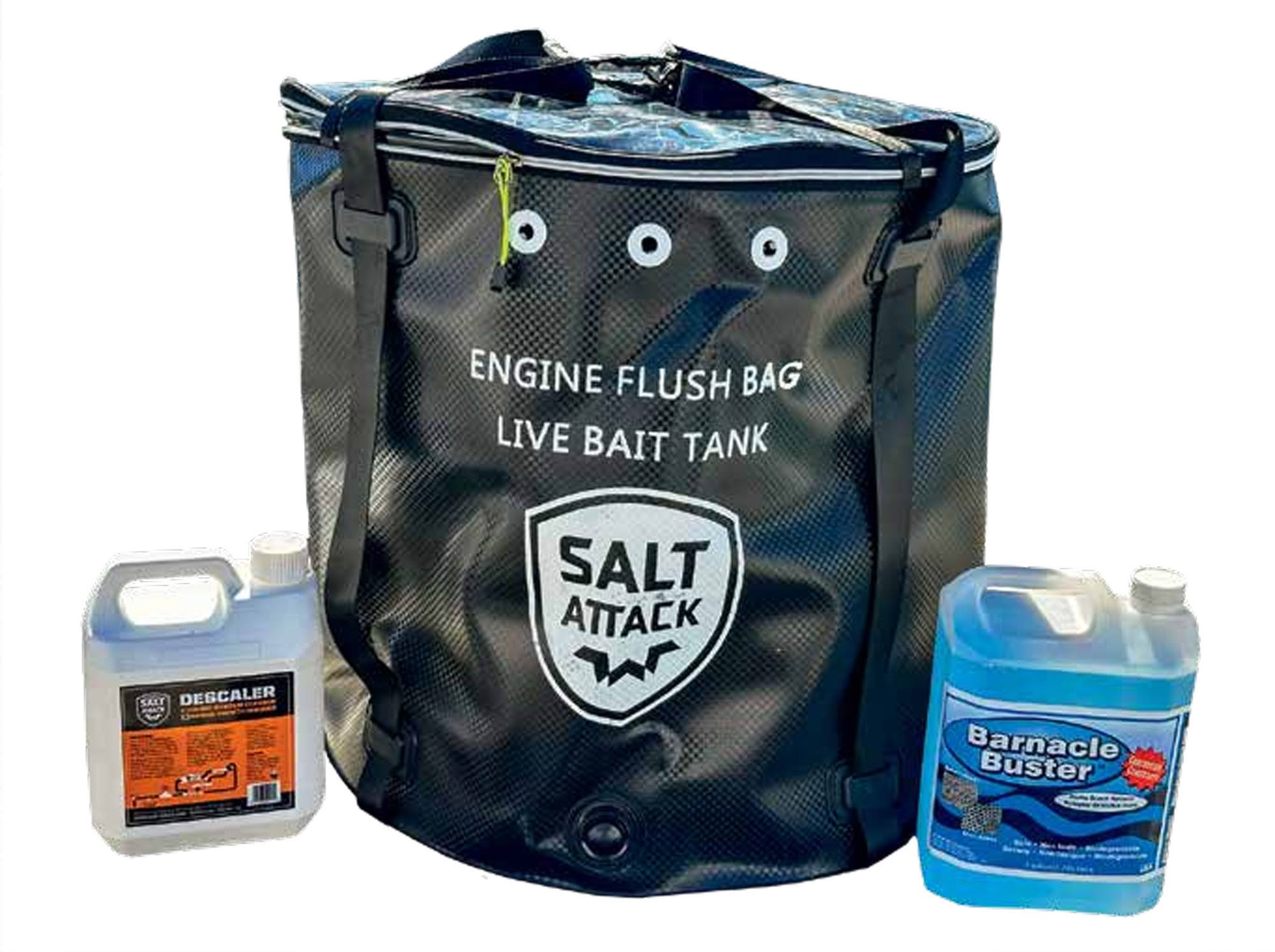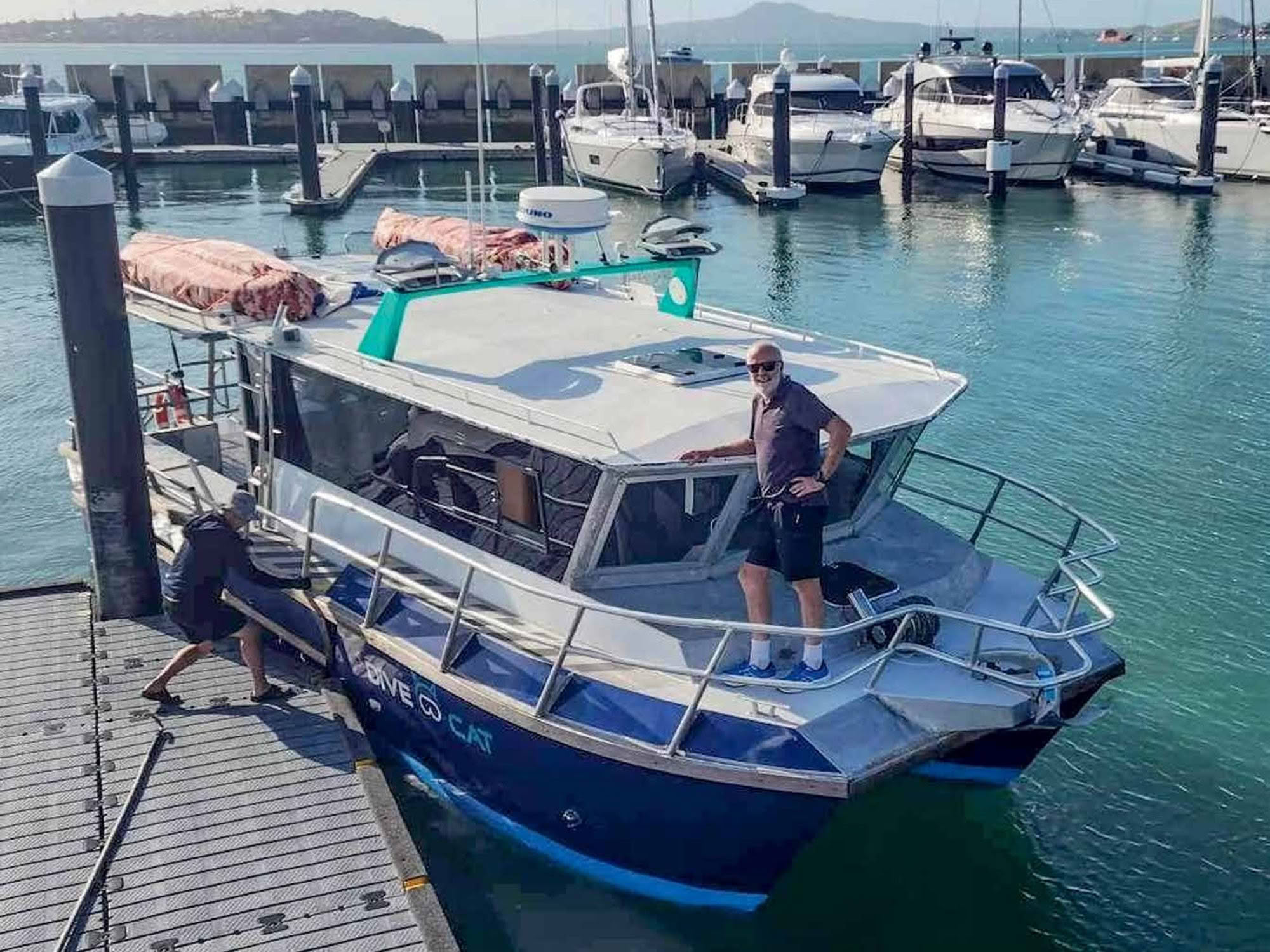

One of the last major interior decorating decisions I have made is choosing the most appropriate floor covering for the main cabin – the ‘sole’. Options abound, some better suited to a dry interior and others to a wet area.
I CONSIDERED THE FOLLOWING, SORTED ROUGHLY IN ORDER OF SOFTNESS:
MARINE CARPET – The cheapest and simplest option, and a smart and quick solution. Carpets are warm, comfortable on the feet and make the boat quieter because they absorb sound.
Marine carpets are tolerant of getting wet and are also stain-resistant, but they do hold water if they get wet. Drying them out afterwards can become an issue. In addition, any sand or muck that gets dropped on the surface tends to become ingrained in the pile of the carpet.
But carpet could be refreshed every few years if it started showing signs of wear and tear.
ULTRALON FOAM – These soft decking options from companies like U-Dek are fantastic. The closed-cell foam surface is extremely comfortable on bare feet and remain non-slip even when wet.
They don’t absorb water and require minimal maintenance apart from being kept clean. They are extremely smart and can have the pattern customised to suit the exact layout, even down to having the boat name etched into them.
They are tolerant of direct sun and repeated soakings. But their soft surface is liable to damage from heavy sharp objects like scuba gear, and they’re also stained by oils and other contaminants if these are dripped on the surface.
The cost is considerably higher than carpeting. Their installation is simple since they come in large self-adhesive sheets with the rib pattern pre-cut onto the surface.
MARINEDECK 2000 – This is a high-performance cork composite, a natural closed-cell foam product for those not wanting plastic products under foot. It has excellent thermal and sound-absorbing qualities, is easy to apply and looks fantastic. It requires no maintenance apart from the occasional scrub clean. Being fully imported however, it can be pricey.


VINYL LAMINATE FLOORING – Not a traditional boat floor covering, but it’s common in residential kitchens and bathrooms.
The laminate strip boards click together to make a smart textured surface. It comes in a range of realistic-looking natural patterns and colours, and is very reasonably priced. It’s important to get the fully-plastic option, not the composite bamboo or other wood-based laminates. The vinyl is 100% waterproof, it’s tough and very resistant to wear and tear.
But the product has a few vices. The boards can distort if exposed to direct sun for an extended period of time and can be hot on bare feet. The surface itself is moderately hard, although the addition of a foam underlay (often pre-attached to the boards) provides some springiness and softens the impact on bare feet.
The surface is slightly textured so won’t become slippery when wet, although keeping a dry cloth or mop handy to mop up any spilled water is a good idea.
FLEXITEEK – If I want the look and feel of wood for less cost and weight then UV-stabilised PVC strips of Flexiteek is another option. These are supplied in strips like a traditional planked deck. They’re cut and then effectively welded together with sealant between the decks. Another great product but also at the higher end of cost.
WOODEN DECK – A traditional yacht’s sole is wood, usually teak or a similar hard wood with caulking in between the strips. The surface can be varnished or waxed to preserve the appearance of the wood.
This looks fantastic but, to be honest, it’s a huge amount of work to lay and is expensive. It can also be quite heavy, requires regular maintenance and is easily contaminated by dirty feet.
The wood also expands and contracts with humidity and temperature, which can be an issue in a boat that is not itself made of wood. Given my boat’s aluminium hull, this was not a contender.
NON-SLIP PAINT – When I originally purchased the boat the entire cockpit floor was covered in a dark green paint with a coarse grit embedded into the surface. Sections of this coating still remain on the floor.
This solution is very practical, especially on a work boat where ease of maintenance is the number one priority. I’ve coated the foredeck and roof in KiwiGrip textured paint for this very reason.
But it’s not really a great option for the interior of a more elegant family cruising boat, especially since the textured surface tends to pick up dirt quickly and can look grubby.
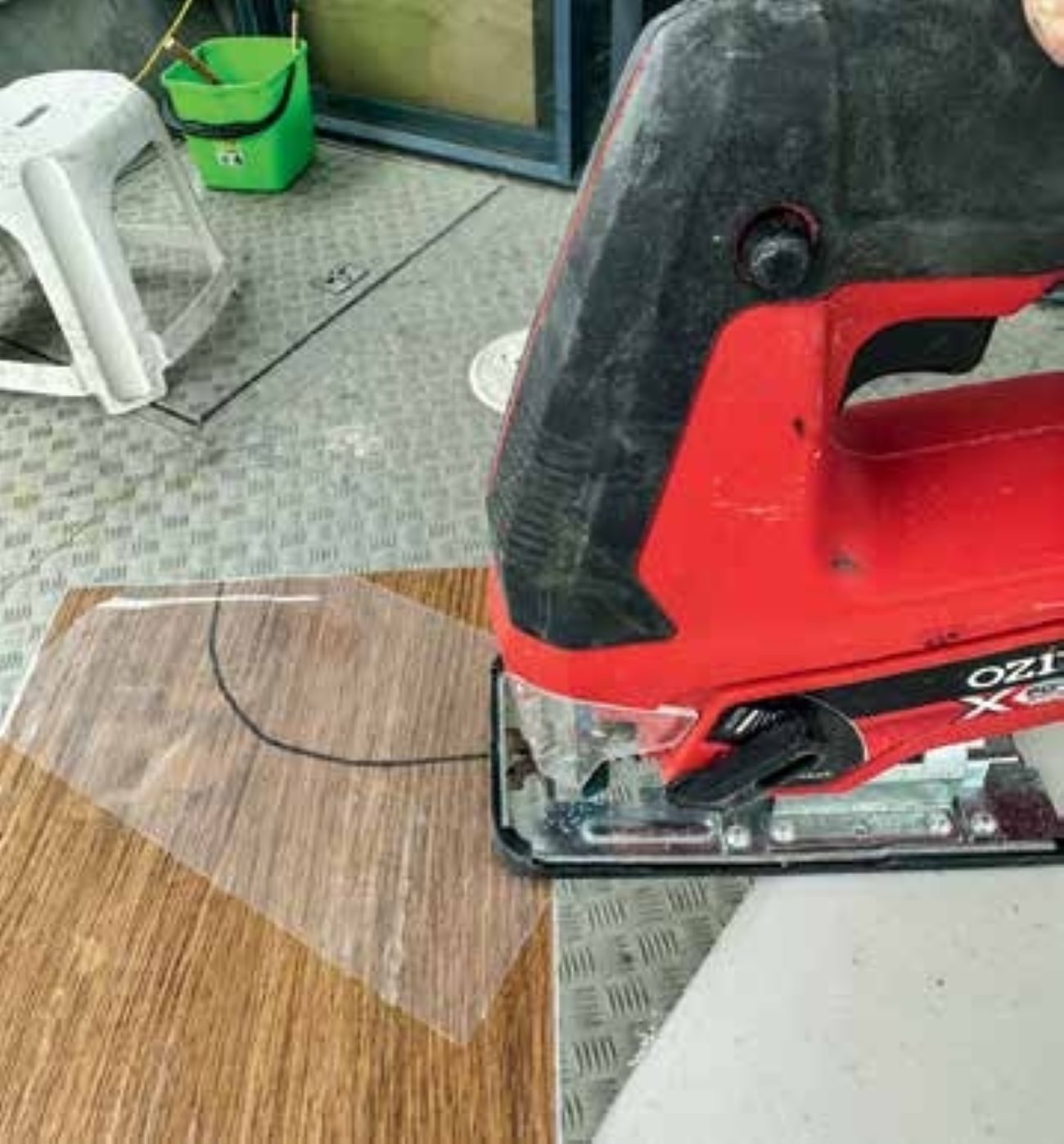
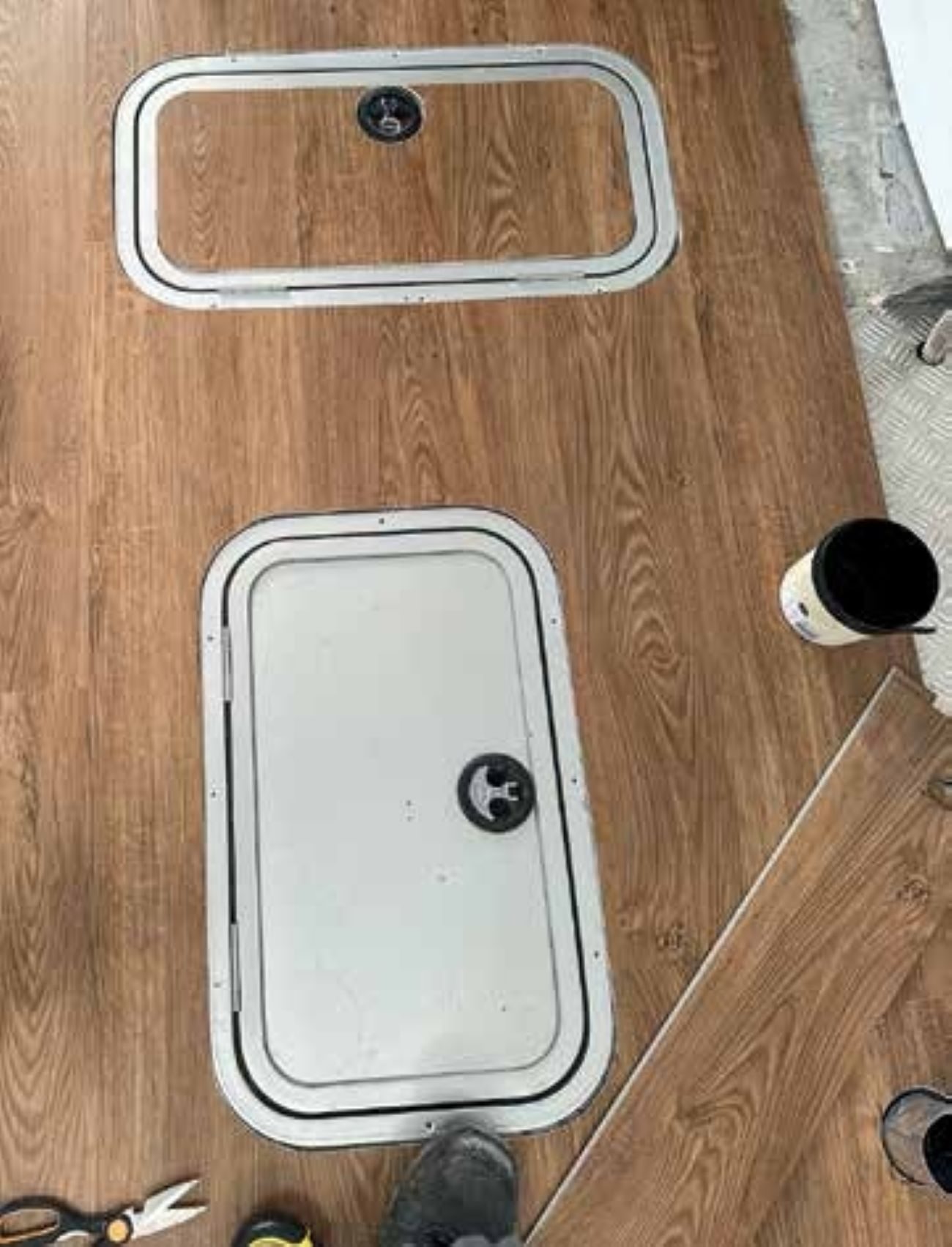
UNTREATED ALUMINIUM PLATE – The outside cockpit has a chequer-plate deck, which will be left uncovered and untreated. But this is not really ideal for a cabin interior – it’s cold, hard on bare feet, noisy and not very elegant. It is naturally the cheapest option, since I would have to do almost nothing to it other than strip off the last remnants of the original paint.
In the end I chose to go with the vinyl laminated strips, in a Rimu wood grain pattern. Since the sole is completely enclosed, I will not have problems with direct sunlight.
The foam underlay makes it ‘forgiving’ of being laid over a slightly imperfect surface, and the click system holds everything securely together without individual pieces needing to be glued down.
I previously had this system on DiveCat, and this was one of the only components of the boat that I could have reused after being submerged for a lengthy period of time. The flooring was completely undamaged by any marine growth, and of course does not corrode or rot. The price of this laminate is also good – the 12m2
I needed cost me just over $500.
I have installed laminate flooring a number of times before, and it is easy to do. But every time I embark on such a project my knees remind me that I promised them I would never do this again!
The only way to lay it is to get down on your hands and knees – this quickly results in painful kneecaps and toes when you are not used to this sort of activity. Not to mention sore joints from getting up and down a gazillion times.
The planks are easily cut using any sort of saw, either by hand tool or powered jigsaw, bandsaw or circular saw. About the only thing that does not cut well is an angle grinder – the high blade speed melts the plastic rather than cutting it.
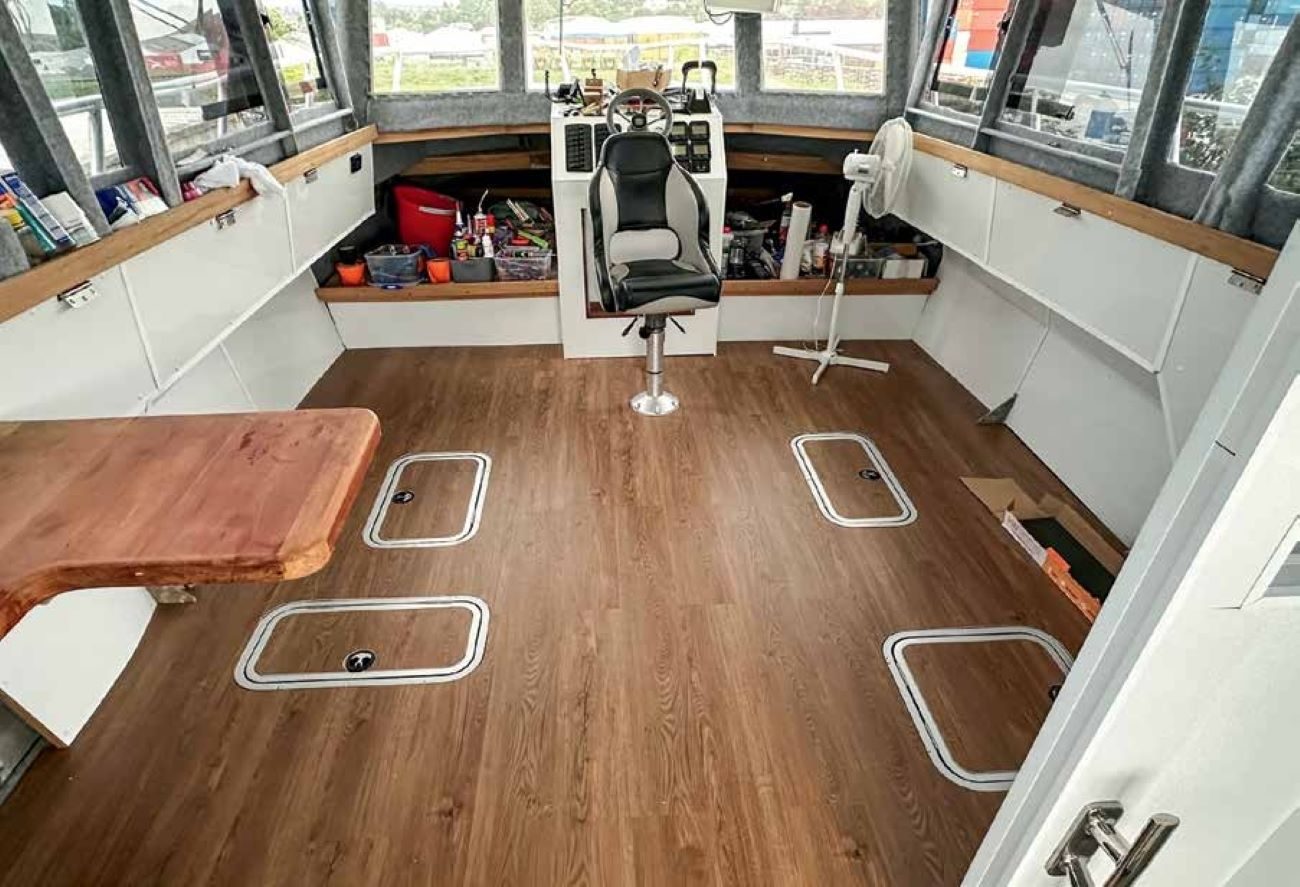
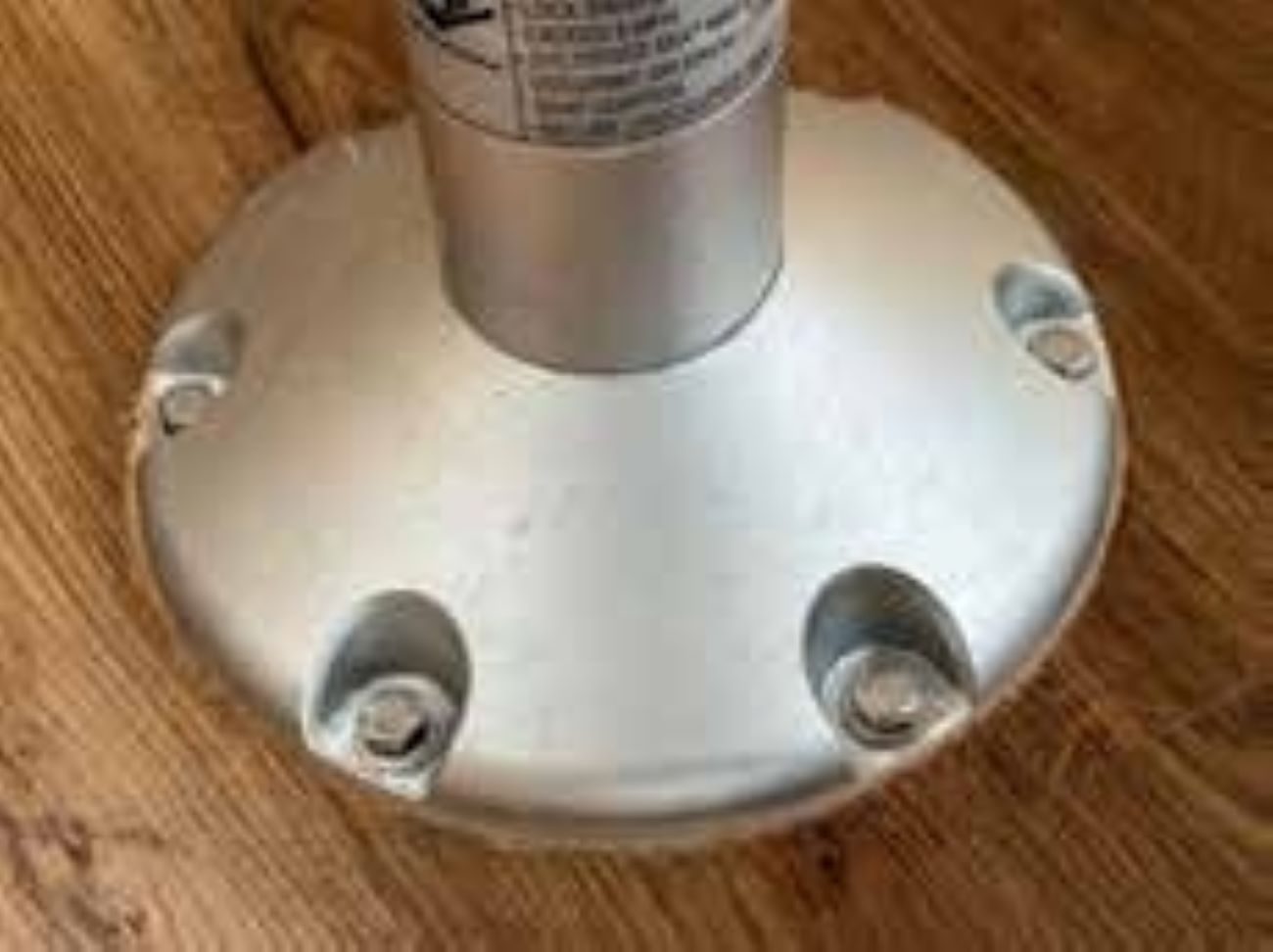
And it was a good thing they are easy to cut, because of the 57 planks I laid there only 13 that didn’t need cutting. This was thanks to the four through-deck hatches which each required a custom cut-out. The curved corners made those cut-outs especially complicated. Other areas that needed notches cut included the struts supporting the cabin roof, the helm, shower and galley areas.
When I’d finished the main deck area, I decided it would be neat to also make a matching insert for each of those hatches, rather than leave a big expanse of bare aluminium. These required curved corners again, as well as a hole cut out to accommodate the latch. Despite the time-consuming extra effort that this added to the overall project I was very happy with the final effect.
The hatch inserts are the only sections of the flooring that are completely glued down. The main area of sole only has strips of adhesive across the middle and around each hatch cover, with the outer edges similarly secured with dabs of marine adhesive. This allows me to replace any planks that get damaged in the future, without having to destroy the entire floor just to extract a single piece.
The job took me about nine hours, spread over a couple of days to spare my aching knees. And the only cost apart from the vinyl planks themselves was for two tubes of marine sealant to seal the edges around the hatches – and where the vinyl butts against a wall rather than being tucked under a ledge.
The final effect has absolutely transformed the interior of the boat. For the first time since starting the rebuild I can get a real sense that the end is in sight – she is almost ready for launching again. BNZ


